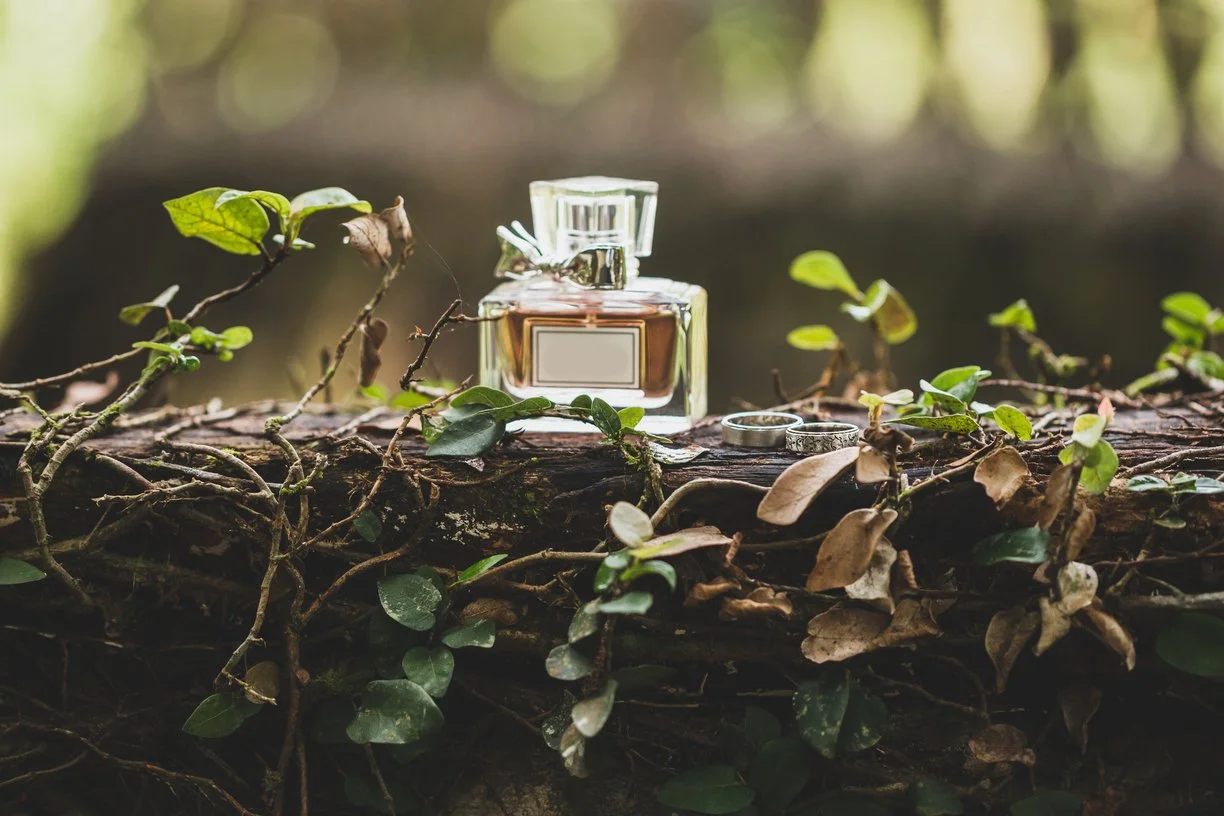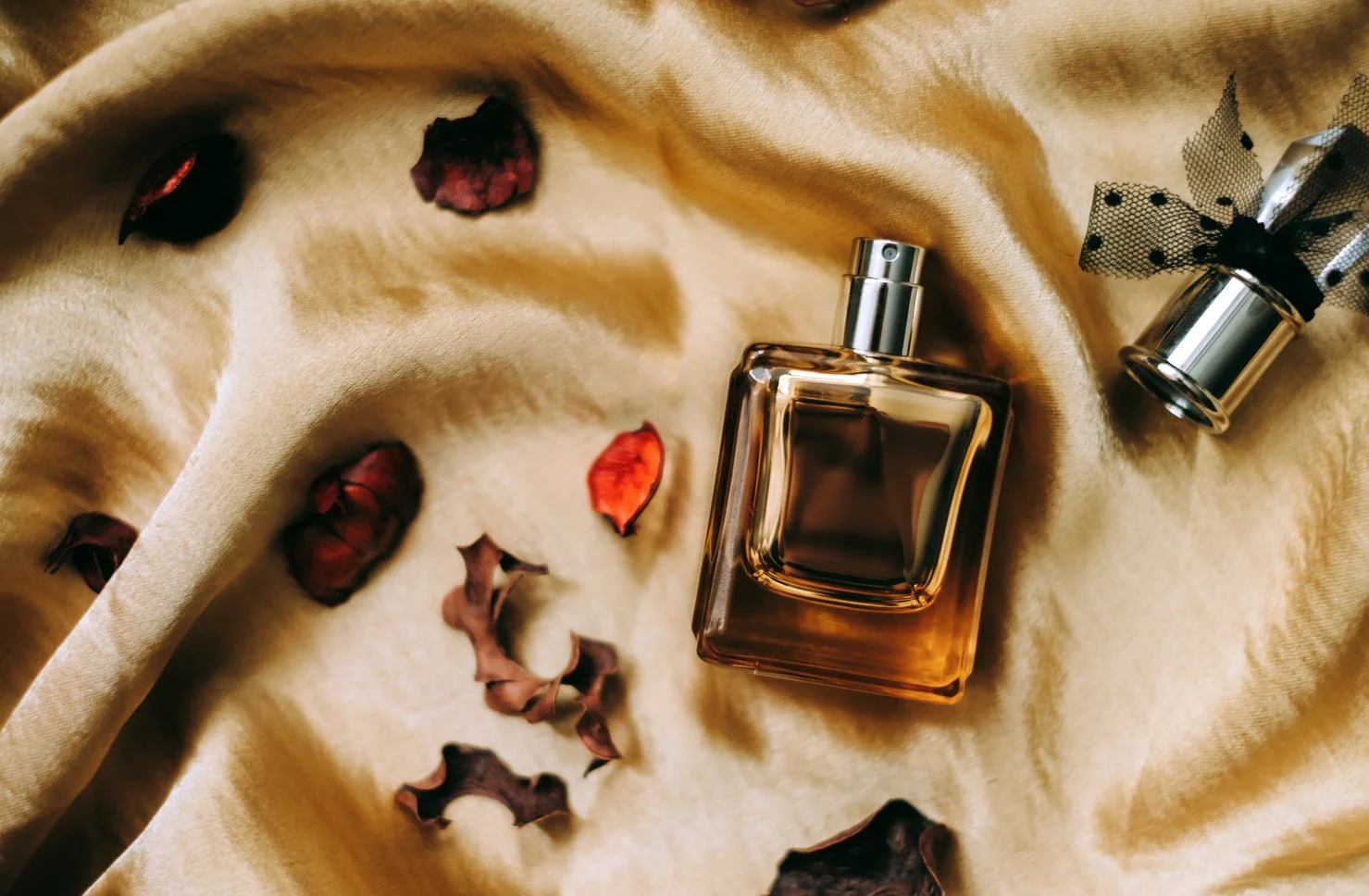Everything about Gusbourne is premium. Its name is associated with John de Goosebourne’s Appledore estate first mentioned in 1410. South African orthopaedic surgeon Andrew Weeber bought this site in 2003, with their first release in 2010. Nowadays, the company is listed on the Alternative Investment Market (AIM), with Lord Ashcroft as the main shareholder of the Gusbourne Estate. The vines now spread across 60 hectares (150 acres) at Appledore with the winery, and a further 30 hectares (75 acres) in West Sussex near Greenwood.
Gusbourne only produces vintage still and sparkling wines; with no intention of blending. Long lees ageing is the norm that results in softened acidity with added complexity. Their range of sparkling wine is impressive in quality whose unique characters come alive when you have a food pairing seasonal lunch on site. Or you could have a relaxed picnic among the vines.
Our last showcase of the dozen is truly a special occasion gem. First tasted when Laura Rhys offered at the 2022 WineGB tasting, it was once sipped, forever smitten.
63% Chardonnay and 37% Pinot Noir went into this late disgorged marvel. Light gold in colour with a fine mousse and aromas of citrus peel, alongside brioche and biscuit notes. Due to extended lees ageing, the palate is creamy and complex with flavours of buttered toast and delicate spice leading to a long, intense and unforgettable finish. Perfect with roast chicken, seared tuna steaks or rich vegetarian moussaka.
Size: 750ml
ABV: 12%
Find here: £105.00
The Future of English Wine
The quality of English sparkling wine (ESW) is firmly established against their Champagne counterparts. If you were to taste blind, you might surprise yourself to find your favourite pick turn out to be an ESW. However, with the average spend on a bottle of wine being under £7 in the UK, it is highly unlikely that a typical household sees an ESW as part of essential weekly shopping. That takes us to the emerging and ever improving still wines; which form the first two-thirds of this special English Wine Week edition.
Production volume is minuscule by global standards with export markets still in their infancy. With high labour and production costs, and escalating prime land prices, English wine will never be able to compete with Argentina, Chile or South Africa on price alone. Output has to rise substantially, which again depends on the vintage. In the long run, entry level English still wines might need to find a price point below £15 to entice consumers to give them a try; against the infinite choices from around the world between £8-£15 on the shelves.
Many producers quietly celebrate global warming and climate change as warmer temperatures help their grapes ripen sufficiently to make quality still wines. According to a new report by the World Weather Attrition Group, Britain will increasingly see monsoon-like rains over the next decade, as well as more frequent hail storms and even “mini tornadoes”. UK regions with the highest average temperatures, particularly those in southern and central England, are likely to see the worst storms. These cast an omen for a burgeoning industry about to enter its next critical growth phase. Suddenly, looking after the soil and vines is no longer enough when dealing with climate chaos. Big Data sharing should help collective resilience through mitigation and adaptation strategies.
Does anyone know the role of AI in viticulture and winemaking in our brave new world of the unknown?
Great Books to Read About English Wine
Vines in a Cold Climate: The People Behind the English Wine Revolution by Henry Jeffreys
Fortnum & Mason Drink Writer of the Year 2024. When was the last time you read a page-turner on wine? This is it. Opinionated but witty. Thoroughly researched without being academic. It is like a friend who’s had too much to drink telling you who’s who and done what.
The Vineyards of Britain: Cellar Door Adventures with the Best of Britain’s Wines by Ed Dallimore
How did Ed do it? Lost count of how many vineyards are actually featured in this compendium with stunning imagery, lucid and personable writing reflecting thorough research and his empathy with the characters behind the wine labels.
By Will Wong
















































